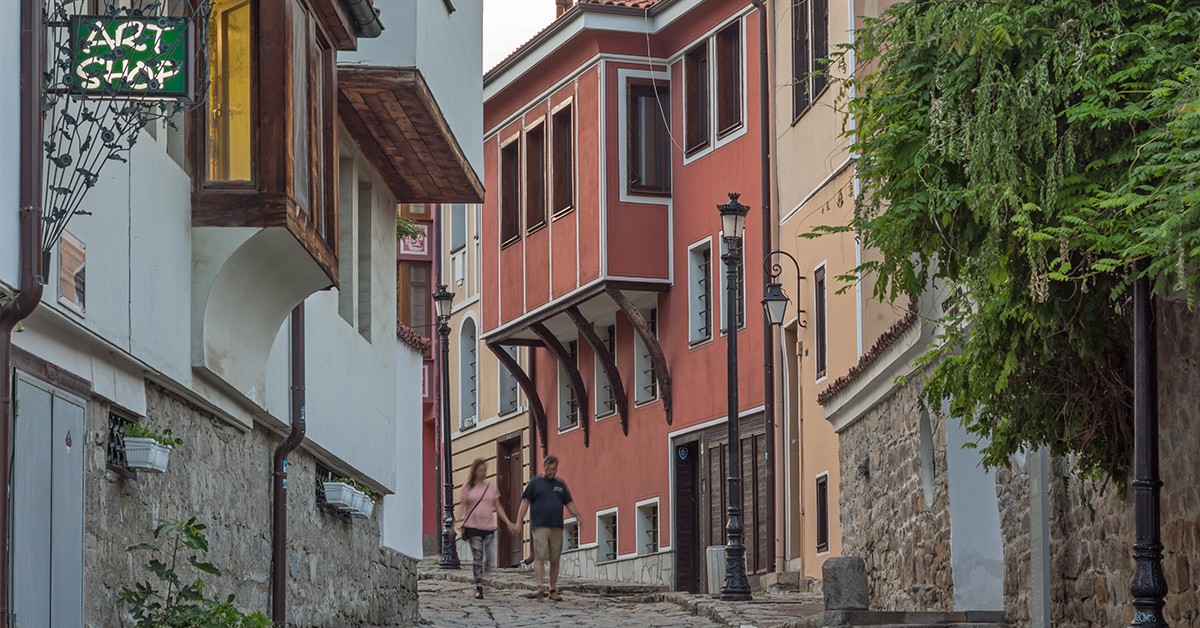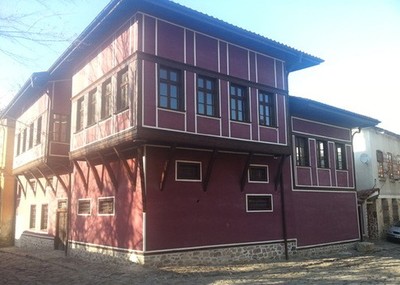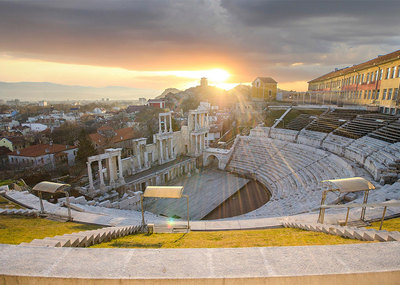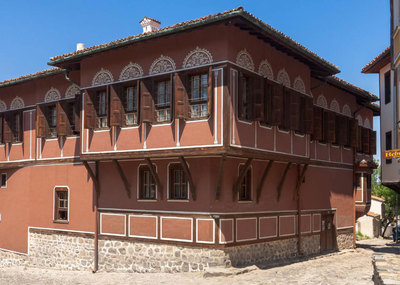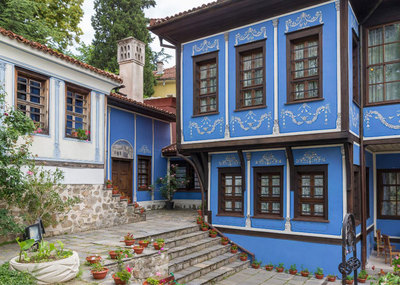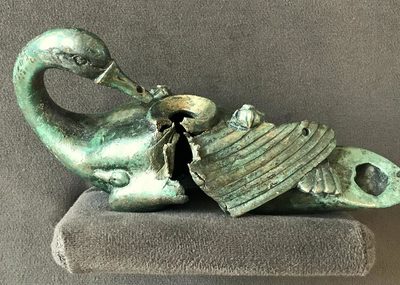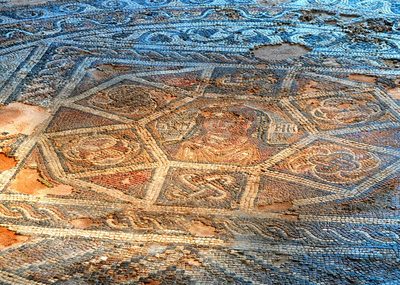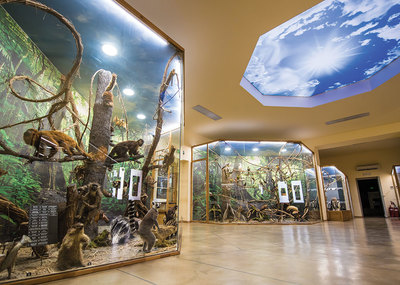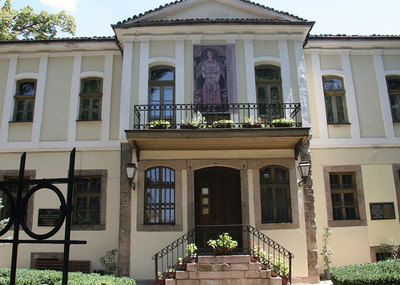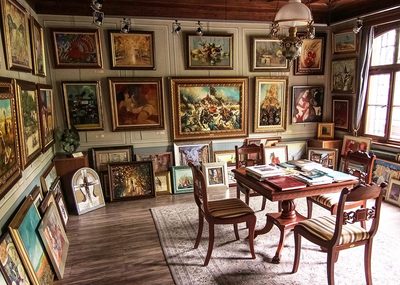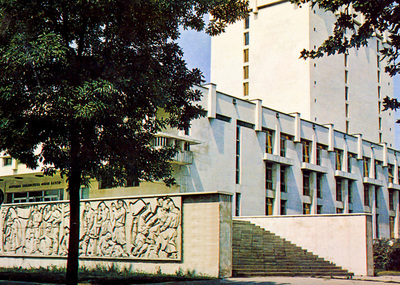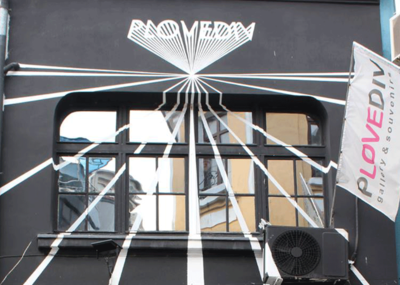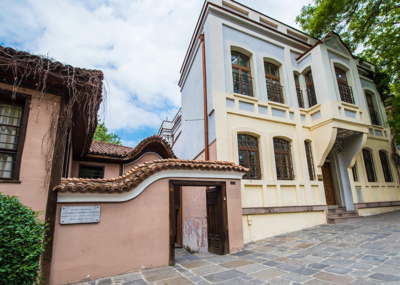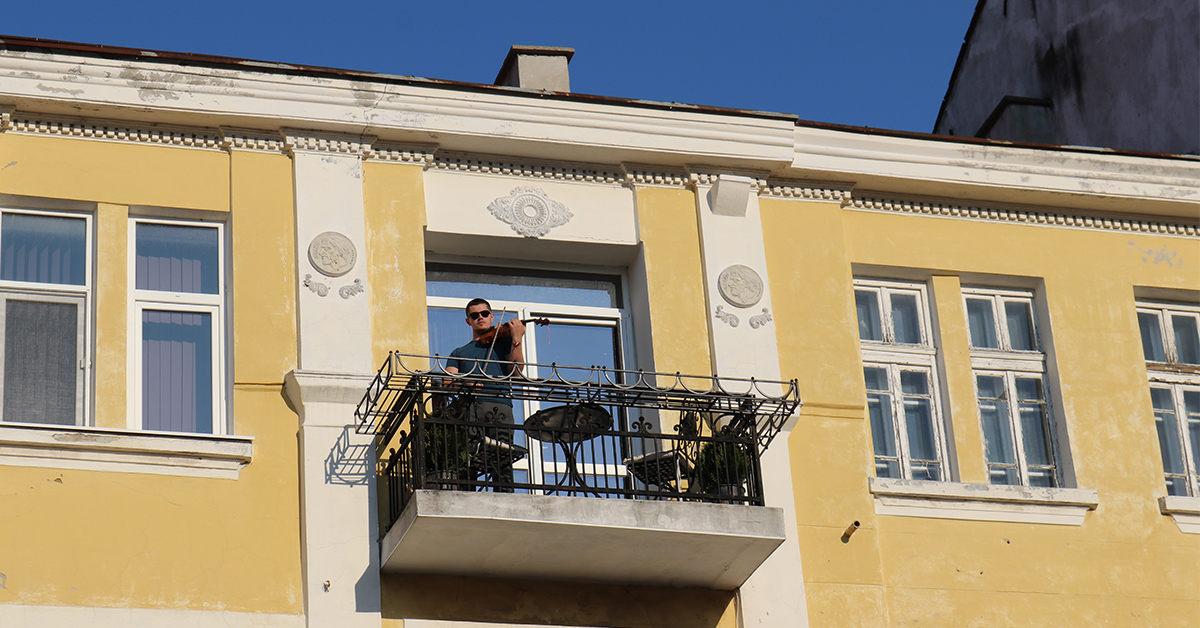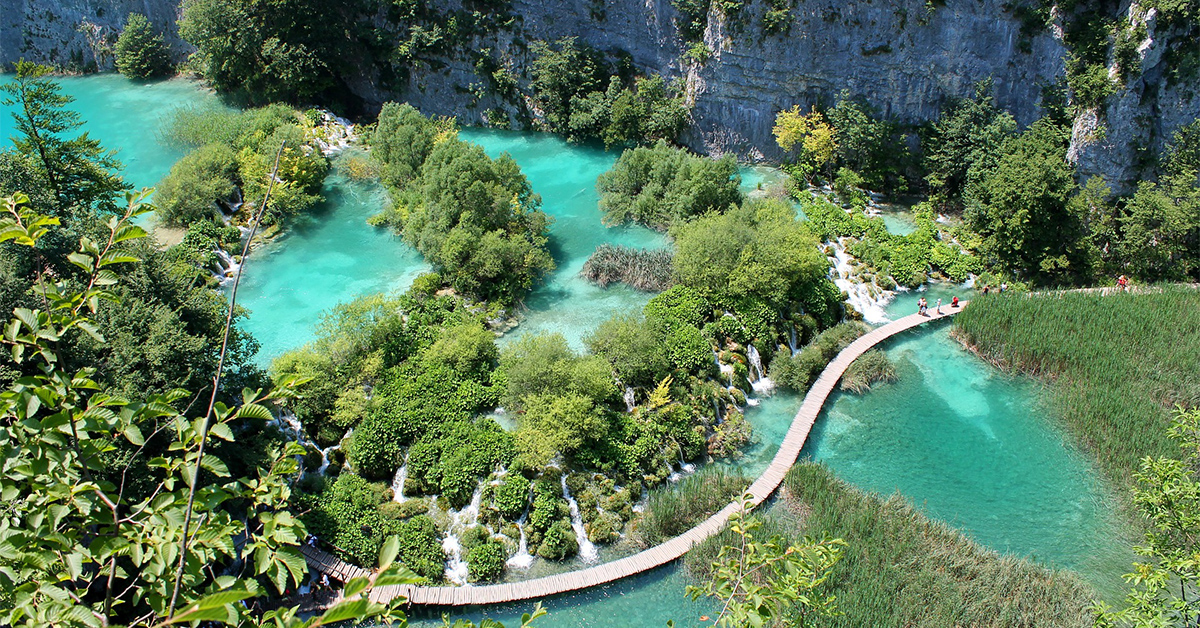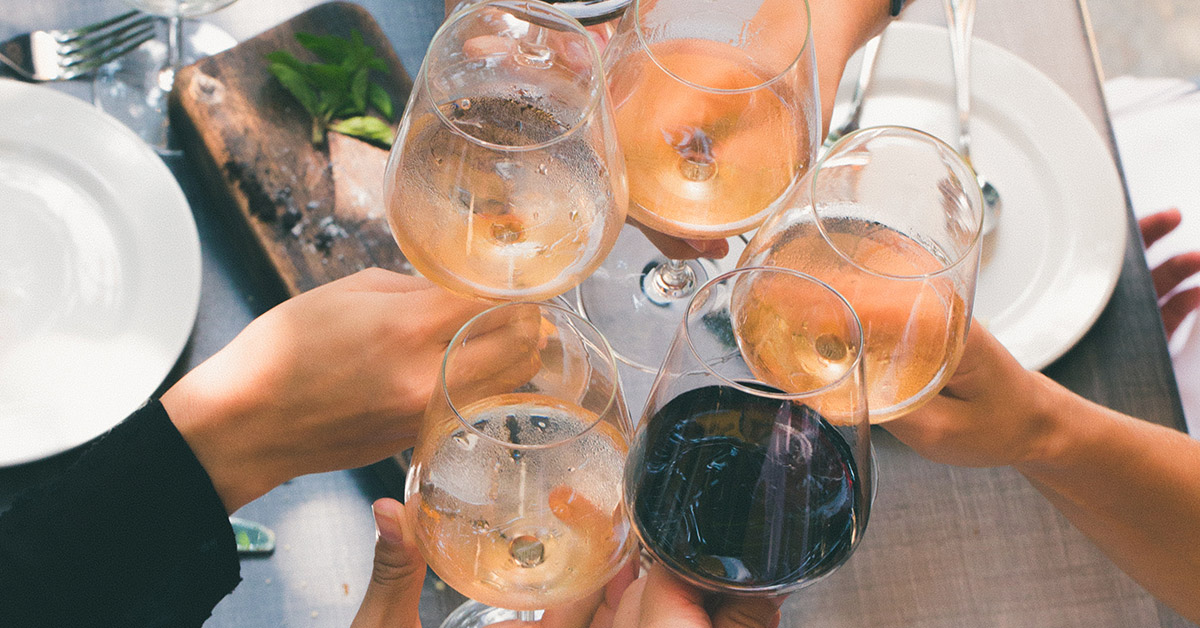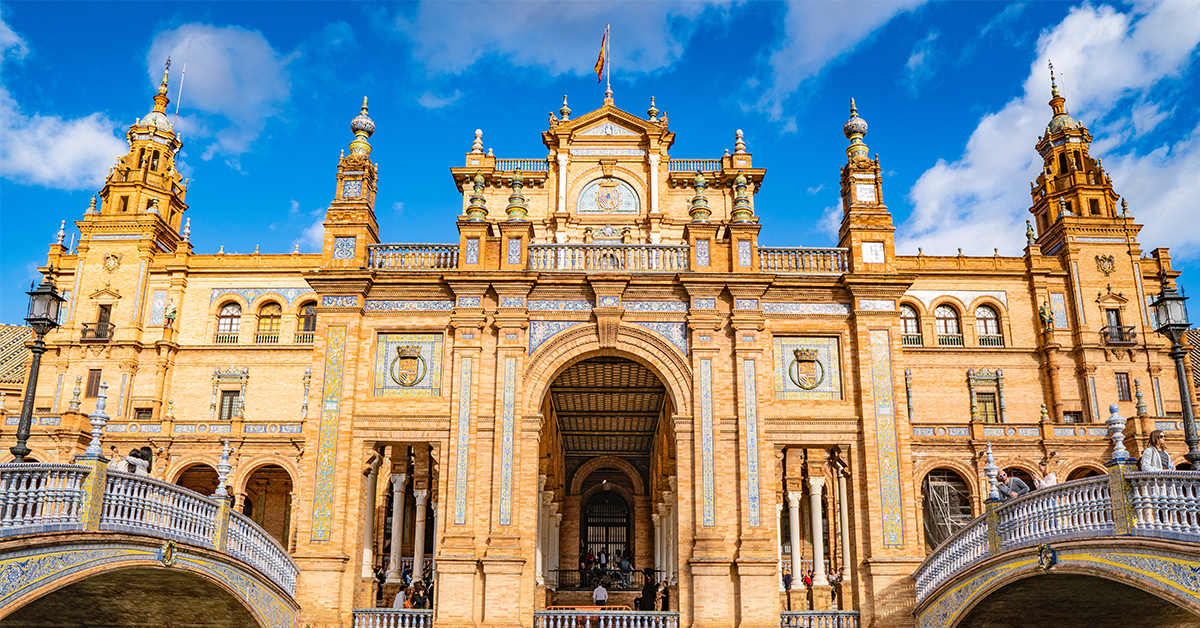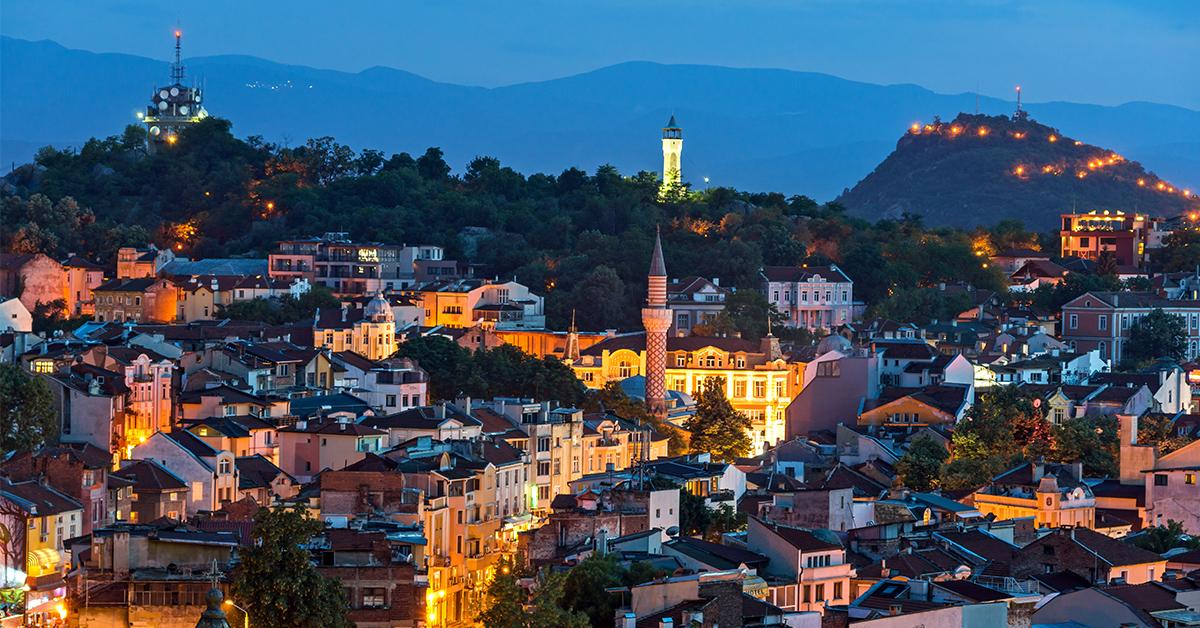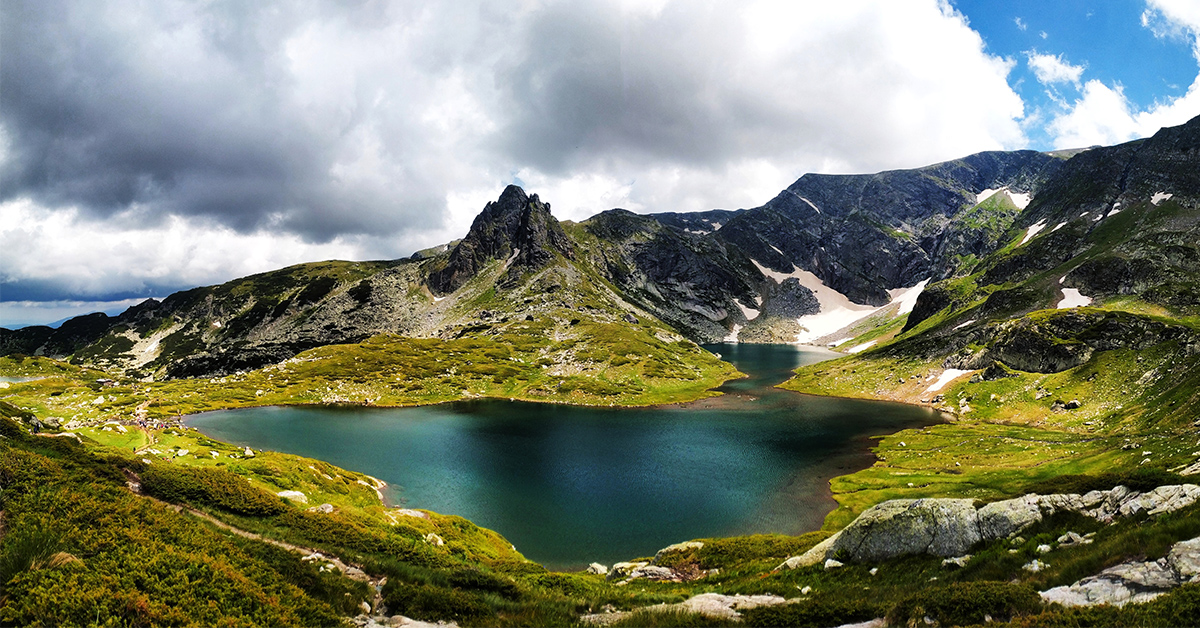A Quick Itinerary Around The Old Town Of Plovdiv
Plovdiv is one of the oldest cities in the world – 6th oldest city to be precise. Naturally, it’s a place where many centuries of culture and history mix together, giving anyone who visits it a grand tour around the milestones of civilization. You can learn about Plovdiv and it’s history by visiting the archaeological and historical reserve. Here’s a quick itinerary around the Old Town of Plovdiv.
How do you get to the Old Town in Plovdiv?
You can enter Plovdiv’s Old Town from the Main pedestrian street in the centre. When you reach the Ancient Stadium of Philippopolis, take a right turn and walk along the road till you see the barrier. This is the beginning of “Saborna” Street – the street that will walk you through some of the key locations in the Old Town. There you can buy some genuine Bulgarian souvenirs – anything from a postcard to the famous Bulgarian rose oil, handcrafted pottery, jewellery, traditional hand-weaved carpets and uniques antiques.
Here’s how to get to Saborna St from the Tourist Information Centre
Stop 1: Art Gallery – Museum Philippopolis
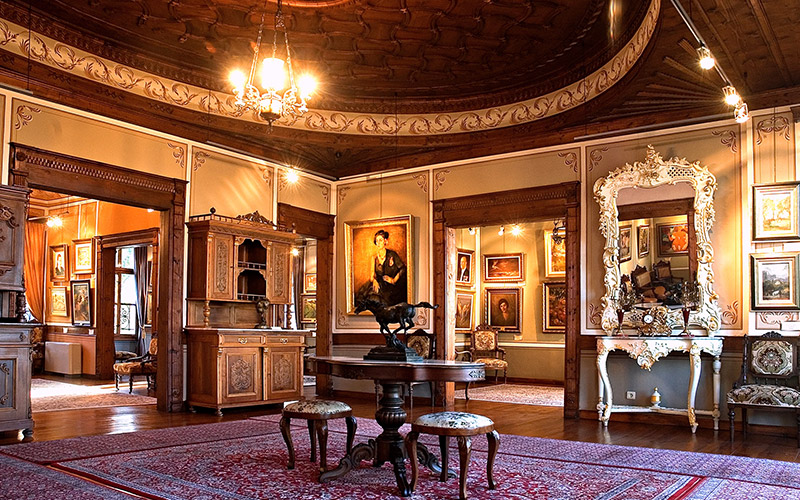
Ever wondered what Bulgarian artists liked to paint a few centuries back? You can find out at the Art Gallery – Museum Philippopolis just up the road. It’s a small, private art museum gallery inside a stunning two-floor house. While the house itself has a very cosy atmosphere and unique look, the most interesting thing to see is the incredible collection of 19th and 20th-century Bulgarian art. The works of Bulgarian masters such as Vladimir Dimitrov, Anton Mitov and Dimitar Gyudzhenov can be seen there.
The gallery focuses on Renaissance artists and the art shop has some of the biggest names in modern Bulgarian Fine Art. You can buy prints from the works of Ivan Vukadinov, Dechko Uzunov, and many others.
Stop 2: Ancient Roman Theatre
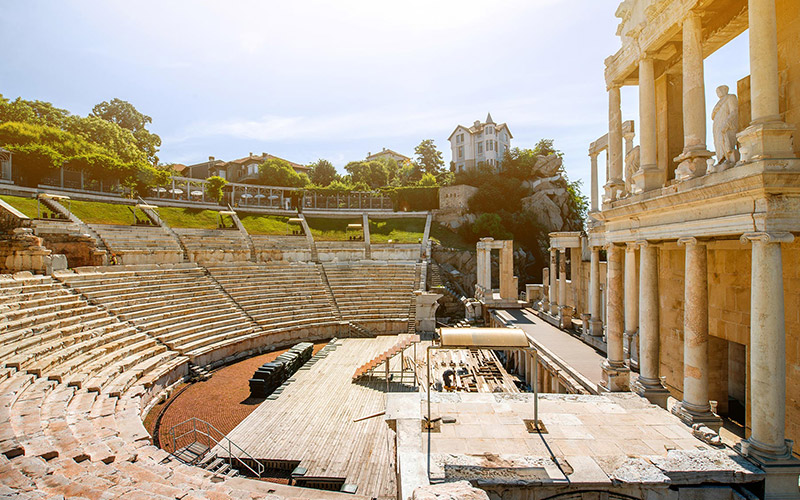
Can you imagine what an outdoor Roman theatre that holds 6000 seats looks like? See it for yourself at our next stop. Opposite the Museum Gallery and up the stairs of the Church of the Holy Mother of God is one of the most popular, fascinating sights in Plovdiv – the Ancient Roman Theatre. It was built more than 2000 years ago by the Romans. The really interesting thing is that no one knew it was there until a landslide uncovered it in 1972!
The best time to visit it is during the day and it costs only 5 lv to enter (free with Plovdiv City Card). The theatre is still in use today and a very popular venue for operas, plays and rock concerts. The Opera Open Air festival is held in the theatre every year in June and July. Learn more at the Plovdiv Opera website >
Stop 3: House Museum Zlatyu Boyadzhiev
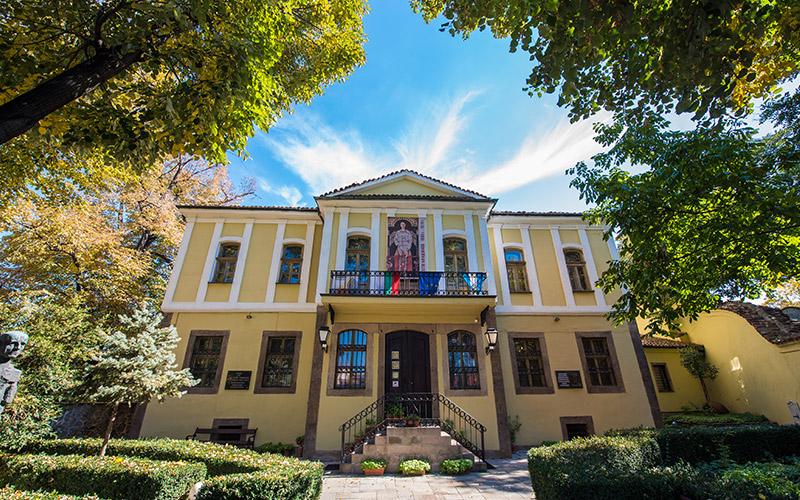
Follow Saborna street down to the House Museum Zlatyu Boyadzhiev. Zlatyu Boyadzhiev is one of Bulgaria’s most famous artists. His art, themes, story and the old town altogether create a really special experience. He painted mostly portraits and landscapes before he had a stroke and his right side became paralyzed. But that didn’t stop him, he simply learned to paint with his left hand and the paintings from that period are none the less brilliant!
With Plovdiv City Card, you’ll get free admission or a discount at these locations!
Stop 4: Church of St Constantine and Helena
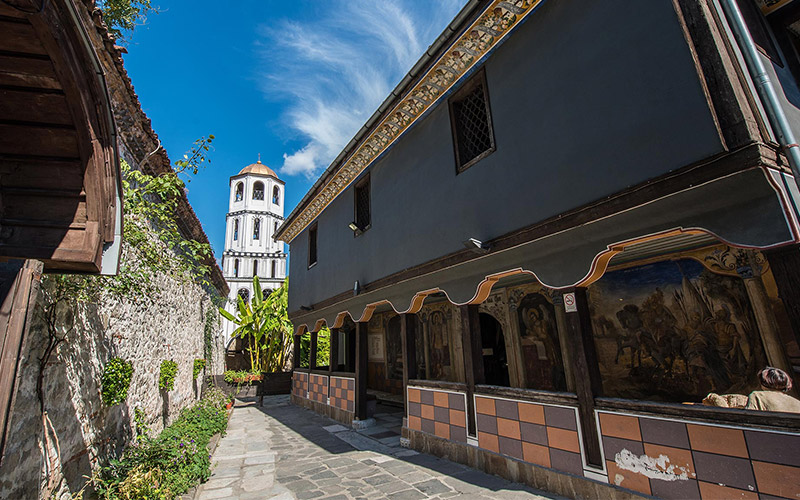
Further up the street is the Church of St Constantine and Helena. Rebuilt by rich and powerful patriots in 1832, this Orthodox church is anything but ordinary. What makes it so special are the icons and frescoes painted by the best masters of Bulgaria’s iconographic schools (The Debar School). In the yard of the church, you can see an icon gallery with very valuable icons from before the church’s restoration!
Stop 5: Plovdiv Old Town Houses
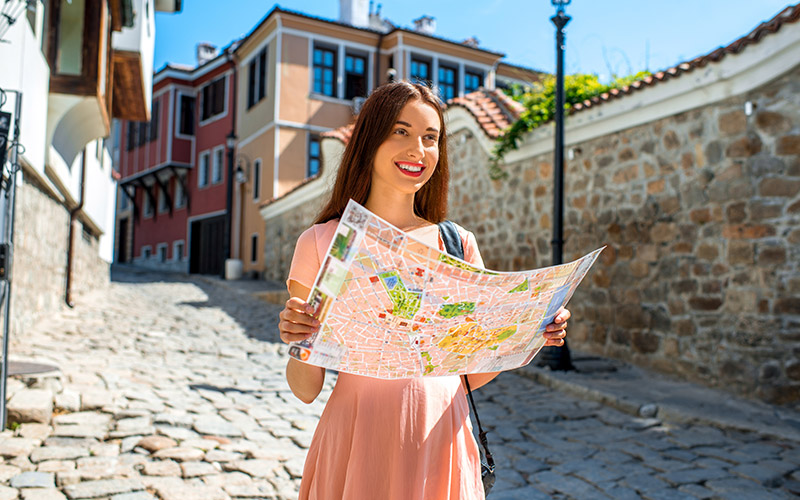
The iconic houses in the Old Town were built by wealthy tradesmen who were greatly influenced by European culture during their travels to countries like Austria, France, Turkey, and Greece. They built them big like mansions, colourful and with a lot of decoration (floral motifs painted on walls, ceilings, and facades). Imagine the parties and banquets that happened there!
For more ideas, download the Plovdiv In Your Pocket guide >
Stop 6: Regional Ethnographic Museum & Mansion
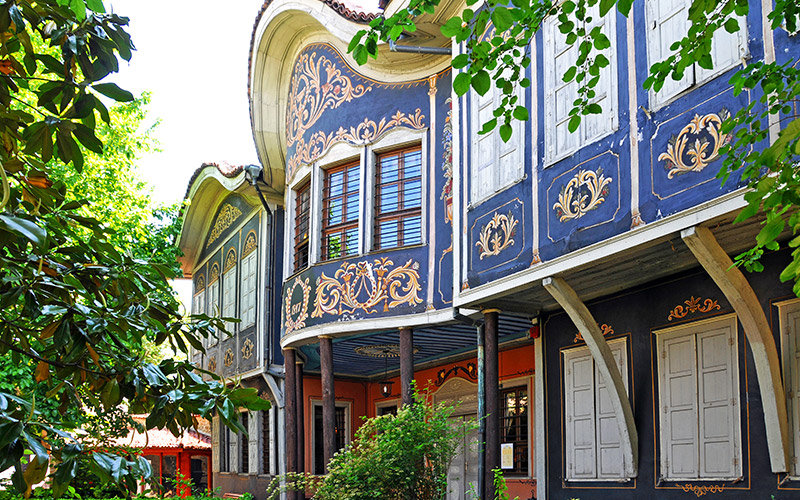
Ethnographic Museum Plovdiv, picture source: flickr.com
The next stop you need to make is the Regional Ethnographic Museum. On your way there you will pass by the eastern gate (Hisar Kapia). It’s one of the three entrances to the Acropolis of ancient Plovdiv that can still be seen and touched today. Amazing, right?
The house of the Ethnographic Museum is one of the most picturesque spots in the Old Town. The mansion (the Kuyumdzhiev House) itself is an attraction just as much as the artefacts inside. The impressive facade shows the beauty of a classic Renaissance symmetrical house which was typical for Plovdiv during the National Revival era.
Inside the Ethnographic Museum, you can really get a sense of the region’s habits, traditions, and customs during the 18th – 19th centuries. The interior of the museum resembles a classical National Revival house. Some of the period’s most typical traditional crafts can be seen on display such as the production of multicoloured woollen embroidery, fabrics, rugs, traditional folk clothing, pottery, and copper work.
Stop 7: Nebet Tepe
Why not finish the day by watching the sunset on top of one of Plovdiv’s 7 hills? Nebet Tepe is at the end of Saborna street and has one of the most amazing panoramic views of the city. It’s a very popular spot for locals and tourists and a great place to take pictures or see midnight Plovdiv – the spot is magical even at night!
It’s also a place with a lot of ancient history. Did you know that Nebet Tepe is the original birthplace of Plovdiv? That’s right. The earliest settlements on top of Nebet Tepe were by Thracian tribes more than 6000 years ago! Later, Philip II of Macedon expanded the city and the Romans really transformed it. They built an amphitheatre, a stadium, and a forum. Many amazing remains can still be seen all over Plovdiv today, which include old fortress walls and a postern on top of Nebet Tepe.
Stop 8: Hebros Hotel
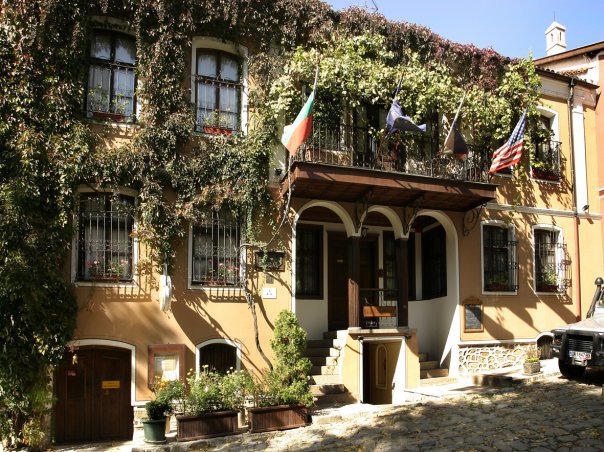
Hebros Hotel Plovdiv, picture source: facebook.com/HEBROS-Hotel-Restaurant-202495343107370
You’ve seen history, experienced the culture, but what about a place worth staying in the old town? Hebros hotel (rated 4.5 on TripAdvisor) is the best place when it comes to gourmet kitchen and classy wines. It has a real “authentic Plovdiv” cosy vibe. You can really breathe in the atmosphere of the past there.
The hotel is housed in a 200-year-old renaissance building. Every room is designed in a different way to make the experience even more unique. You can get a luxurious room with antique furniture for as little as 60 euros a night.
And if you expect anything less from the food there, well let’s just say they have an award-winning restaurant where every meal can be a new, exciting adventure. Combine that with one of their many, high-quality wines.
The old town has many secrets… To reveal more of them you can simply join the Free Plovdiv Tour!
The people of Plovdiv enjoy spending time in the Old Town just walking around and feeling the ancient atmosphere of the city. We assure you that the rest of Plovdiv is just as amazing. Why not explore it like one of the locals?

